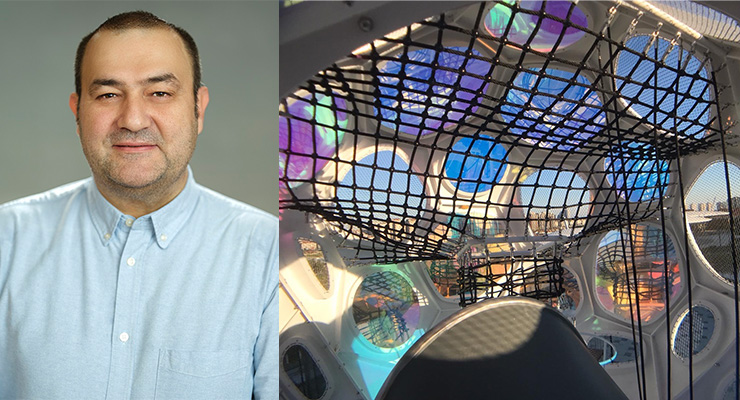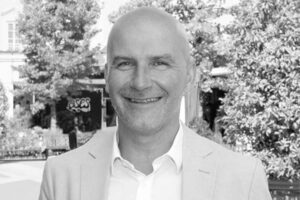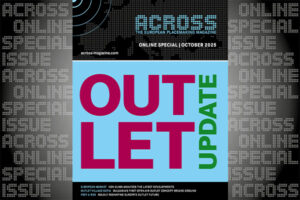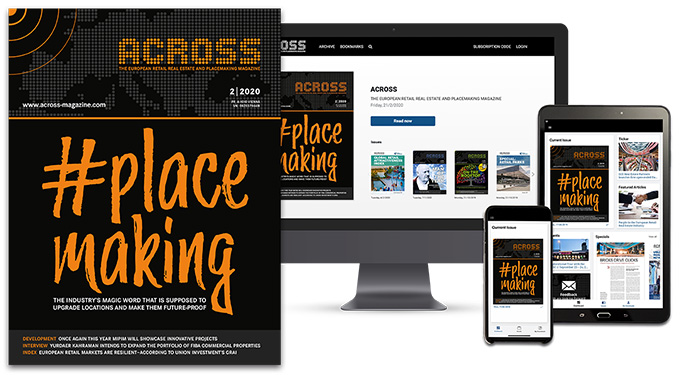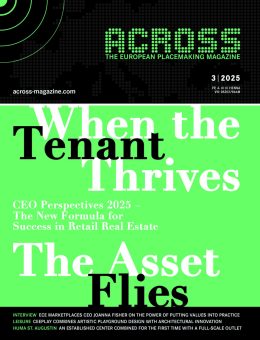ACROSS: FROM COMMUNITY PROGRAMS TO PUBLIC LANDMARKS: HOW DID YOUR JOURNEY THROUGH PLACEMAKING AND PLAYGROUND DESIGN BEGIN?
IBRAHIM EKER: It all started when I was working for Nike Inc. I was involved in community outreach programs under an initiative called “Nike Zone Park”. The aim was to transform underused schoolyards in underprivileged areas into active, engaging spaces. We developed 13 such playgrounds in Amsterdam alone. They weren’t just spaces to play – they became hubs for community development.
When we evaluated the impact, I realized that physical play had a profound influence on children’s social and educational challenges. That was the moment I knew this was something I wanted to pursue full-time. Eventually, that realization led me to found Ceeplay, where we build playgrounds not just as facilities, but as holistic social tools.
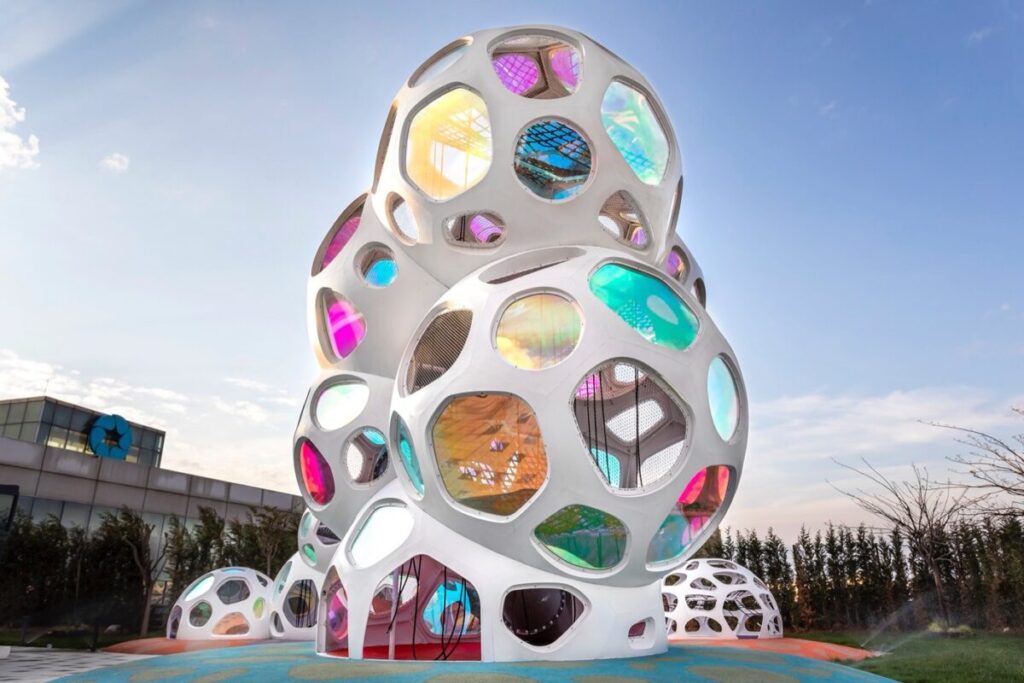
ACROSS: WHAT ROLE DOES PLACEMAKING PLAY IN MODERN COMMERCIAL CENTERS, ESPECIALLY AT SHOPPING MALLS?
EKER: The role of shopping malls has evolved dramatically. They are no longer just retail spaces. They have become places where communities gather. Ten or 20 years ago, you would rarely see grocery stores in malls or significant spaces dedicated to free public use. Today, that has changed.
Playgrounds have become strategic investments. They occupy valuable square meters that could otherwise be rented, but developers are increasingly willing to specifically dedicate this space to play because it adds value from many perspectives. It creates a destination, enhances visitor engagement, and supports footfall. A well-designed go-to destination, such as a playground, becomes a social anchor, providing joy for kids, a moment of rest for parents, and a compelling reason for families to return.
For us, placemaking is about meeting the expectations of different stakeholders – children, parents, developers, retailers, and communities – all within one dedicated public space. It must be beautiful, safe, inclusive, and most importantly, fun.
ACROSS: YOU OFTEN USE THE TERM “PLAYFUL LANDMARK.” WHAT DOES THIS CONCEPT MEAN TO YOU?
EKER: A playful landmark is much more than a playground structure. It is an architectural statement. It invites interaction, offers visual stimulation, and becomes a symbolic element of the urban landscape. These installations are often the most photographed and remembered parts of a place.
To bring these ideas to life, we work with Carve, a design studio based in Amsterdam, known for its innovative cross-disciplinary playful architecture – hence luditecture. They are one of our strategic partners. Many of our projects go through them for design and engineering. We are also one of their preferred suppliers. That means we also get the opportunity to bid for tenders that are designed by Carve in our region. Once we are awarded a project, the next step is to focus on delivering those ideas, ensuring the manufacturing, logistics, and installation match the design’s intent.
Creating a playground is not just about designing fun objects. It is about shaping holistic social places where children and communities gather, connect, and grow together. To achieve that, every project must harmonize creativity with responsibility: meeting the highest safety standards, ensuring manufacturability, preserving long-lasting play value, and delivering visual excellence. Such spaces come to life only through collaboration across disciplines – architecture, urban planning, engineering, manufacturing, installation, and ongoing care – with each contributing to a shared vision.
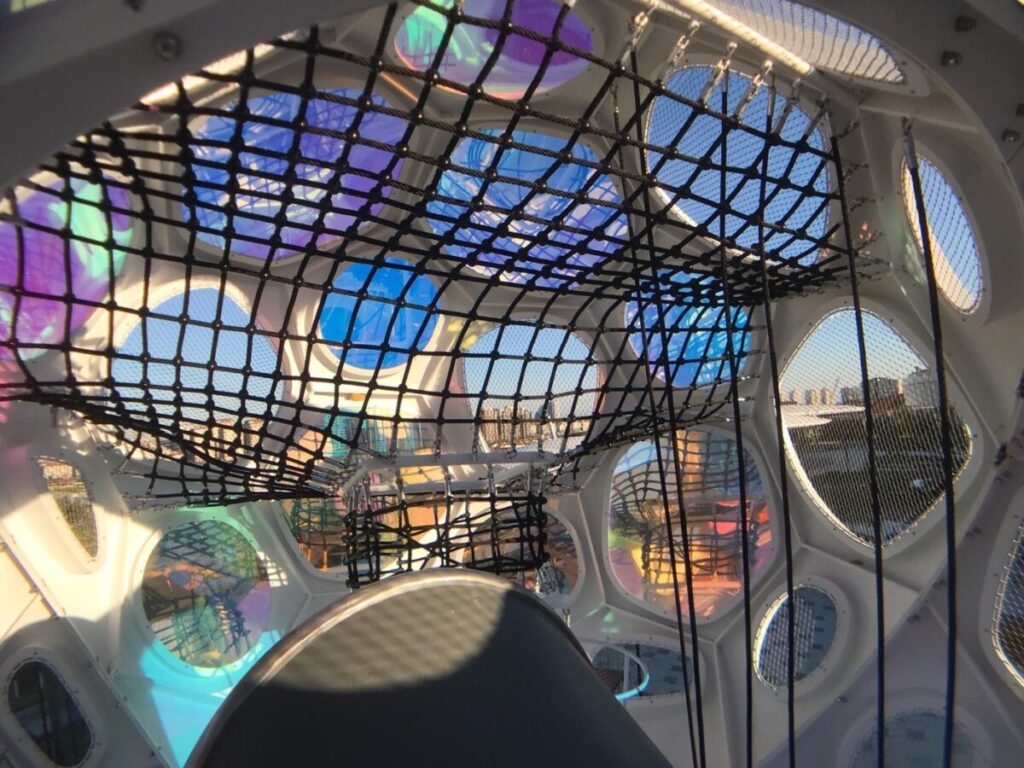
ACROSS: IN AN ERA DOMINATED BY SCREENS AND DIGITAL ENTERTAINMENT, WHY FOCUS SOLELY ON PHYSICAL PLAY?
EKER: Play has changed significantly over the last few decades. Many children today are growing up indoors, engaging with screens from a young age. While electronic games can be entertaining and even educational, they are just two completely different things.
There’s a concept in (child) psychology called “deep play,” where a child becomes so immersed in physical activity that they experience a sense of risk and reward that shapes confidence and emotional resilience. You cannot replicate that with a touchscreen.
We don’t position ourselves against technology. We see both physical and digital play as coexisting. Our mission is to ensure that physical, real-world, social, and active play does not disappear. There will always be children who are drawn to climbing, sliding, and exploring the world with their hands and feet. Yet, in recent decades, physical play has declined dramatically – not because children have lost interest, but because parental behavior and societal habits have shifted. It is often easier, quieter, and more convenient to keep children indoors behind screens than to encourage them to engage in active play, which requires supervision and shared responsibility. With our projects, we aspire to create attractive, playful landmarks where families and communities can come together to celebrate the joy of moving, playing, and simply being together.
ACROSS: ARE YOUR PROJECTS PRIMARILY INDOORS OR OUTDOORS?
EKER: We work in both indoor and outdoor environments, depending on the client and the location. Indoors, playgrounds can be integrated into commercial spaces – for example, as part of a shopping mall, where play is available throughout all seasons and offered as part of the total shopping experience – or they can be a part of children’s museums and cultural destinations. Outdoors, our projects are often developed for councils, residential investments, or as part of commercial spaces. Basically, it depends on the conditions surrounding where play becomes a central element of public life.
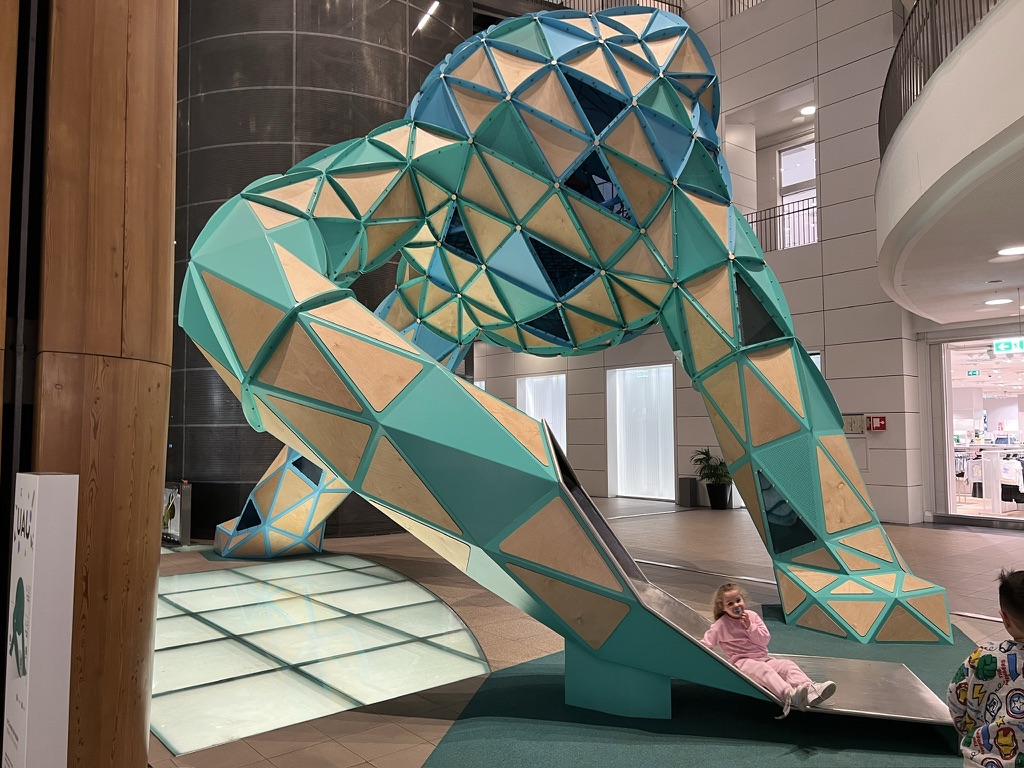
ACROSS: CHILDREN TEND TO GET BORED QUICKLY. HOW DO YOU KEEP PLAYGROUNDS RELEVANT OVER TIME?
EKER: That’s a common concern, but in our experience, children don’t actually get bored that easily – they get bored when every playground looks the same, is too small, or when all the risk and adventure are designed out of it. A well designed playground, with identity, variety, and calculated challenges, remains relevant because children grow into it, discovering new ways to play as they get older.
Take the Zorlu Center Project, designed by Carve, in Istanbul. It was built it in 2013, and we have just recently refreshed it – new surfacing, updated equipment, even a slight enlargement – but the main frame elements remain. It has become such a true landmark that when it was temporarily closed for renewal, the shopping center had to explain to visitors why it was temporarily inaccessible. That shows how thoughtful design, client confidence, and proper care can keep a playground vibrant and essential for over a decade and more.
ACROSS: DO YOUR PLAYGROUNDS TYPICALLY HAVE ENTRY FEES?
EKER: The use of most of our installations is free, but that decision lies with the client. Some choose to charge a symbolic fee to manage maintenance or crowd levels. Others see play as a community service or a tool to attract footfall and build brand value.
If a project is to be monetized, we have the design adjusted accordingly. Expectations are different when users pay. The result and outcome must meet those expectations in function and perception. As always, the decision should be made early so the design aligns with the operation model.
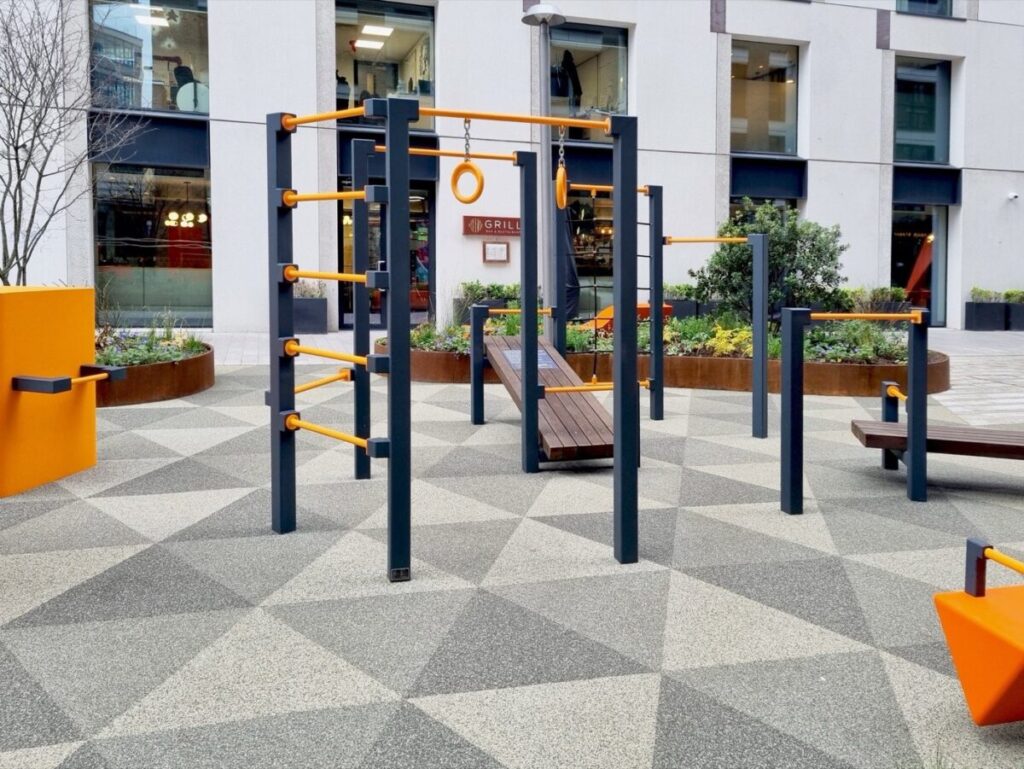
ACROSS: DO YOU ALSO WORK DIRECTLY WITH RETAILERS?
EKER: Yes, that’s a growing part of our business. While most of our projects are commissioned by developers and city planners, we’ve begun collaborating with retailers as well. My own background is in textiles and retail, so that area is close to my heart.
We’re currently developing a concept that combines storytelling with sustainability – an installation that can be used inside retail stores to convey environmental values while offering interactivity. It’s exciting to explore how playful design can also serve commercial and educational purposes.
ACROSS: WHICH OF YOUR PROJECTS BEST EXEMPLIFY YOUR WORK?
EKER: Three come to mind:
- Marmara Forum: For us, the Marmara Forum Clouds Project in Istanbul was a turning point. It redefined what a playground could look and feel like, and it was featured in architectural platforms and even lifestyle magazines like Elle Decoration for years after its installation. More recently, it was picked up by Lamborghini’s design magazine. That, to me, showed how widely the project resonated – from architects and designers to lifestyle and even luxury brands. It became a reference point for design beyond just playgrounds.
- Alameda Project: That project really took my breath away. It looks magnificent – a design and engineering masterpiece. What was previously just a void space was amplified into something extraordinary, not only doubling its capacity but creating a whole new world. Inside, it feels like you’re stepping into another dimension. The structure plays with perception and invites exploration in a way that’s both playful and architectural.
- Aldgate Square, London: That project began as a developer’s request for Carve to create an active pocket park – a space that could be lively during lunch breaks and equally inviting after hours. They responded by blending play, art, fitness, and furniture into a single environment. The result is an open, welcoming space that attracts kids, parents, joggers, and passersby alike. It helped redefine what a public play space could look like in an urban setting.
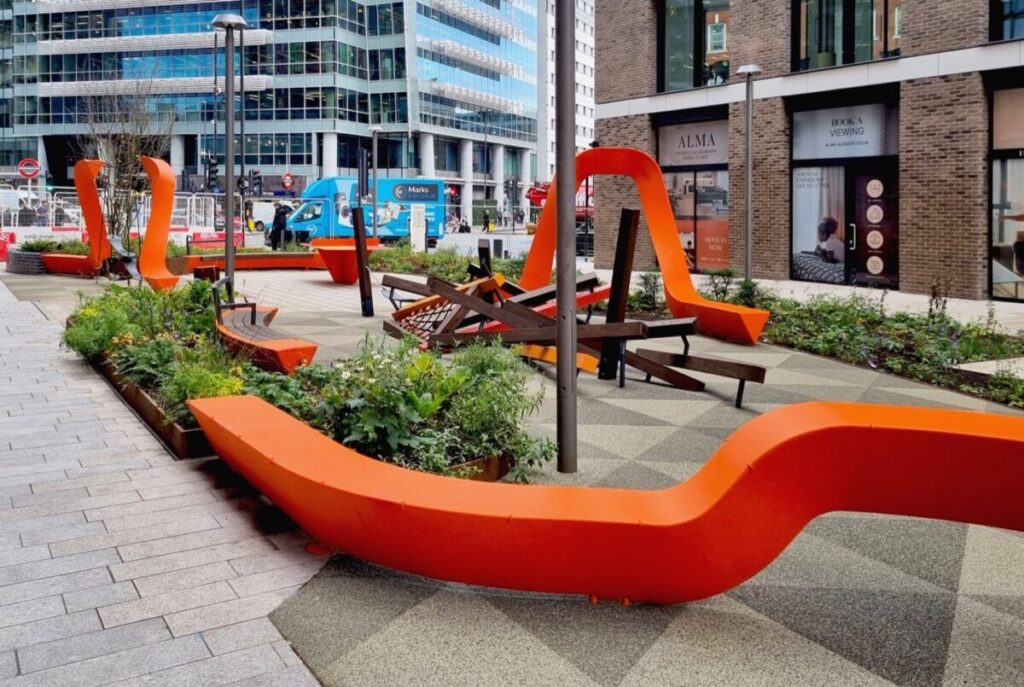
ACROSS: WHERE IS CEEPLAY HEADING NEXT?
EKER: We’re always looking for meaningful challenges. The future lies in combining sustainability, interactivity, and social impact and, of course, including supply chain-labor conditions and our environmental impact. Whether it’s through working with retailers, expanding into new geographies, or exploring new materials and technologies, our aim is to keep delivering joy and purpose through design.
What keeps my clock ticking, as I often say, is curiosity. Every new project is a chance to push boundaries and make the world a little more playful.
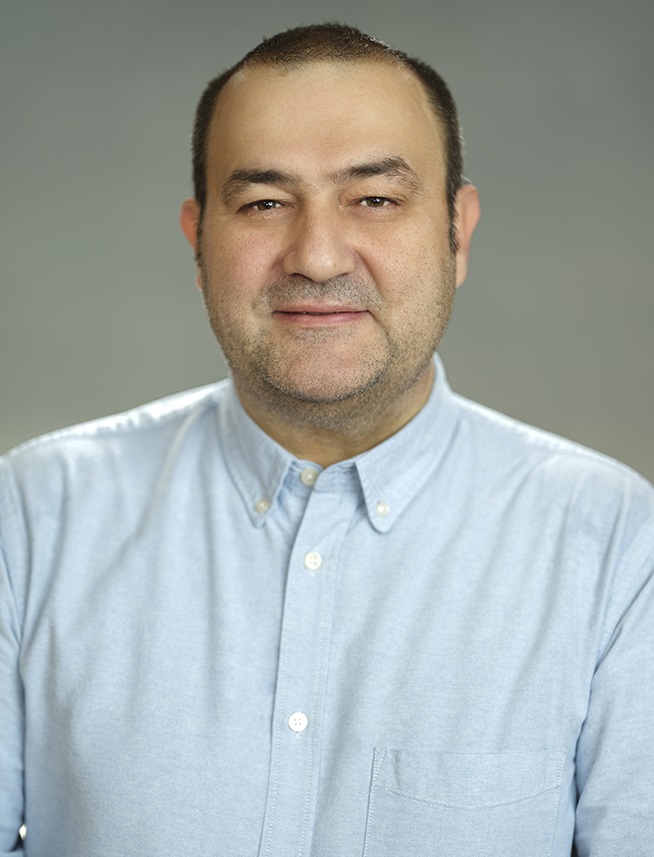
Ibrahim Eker
Founder of CEEPlay
Credit for all images: CEEPlay

